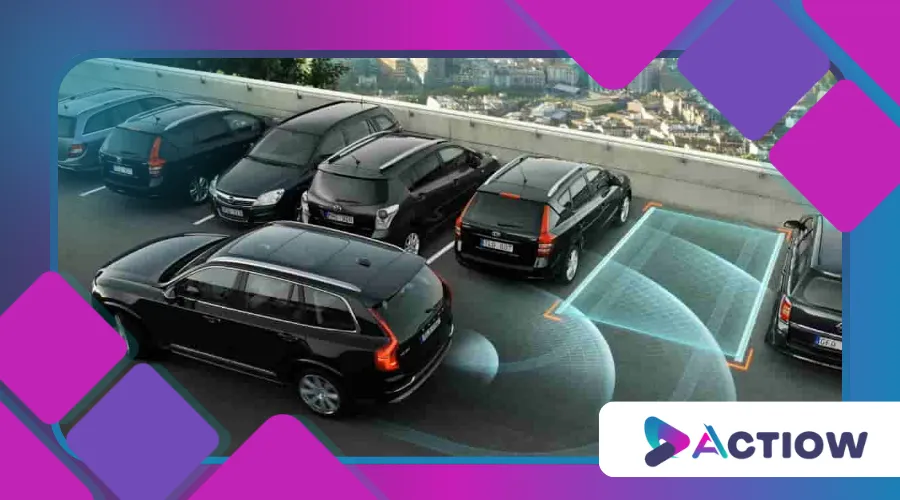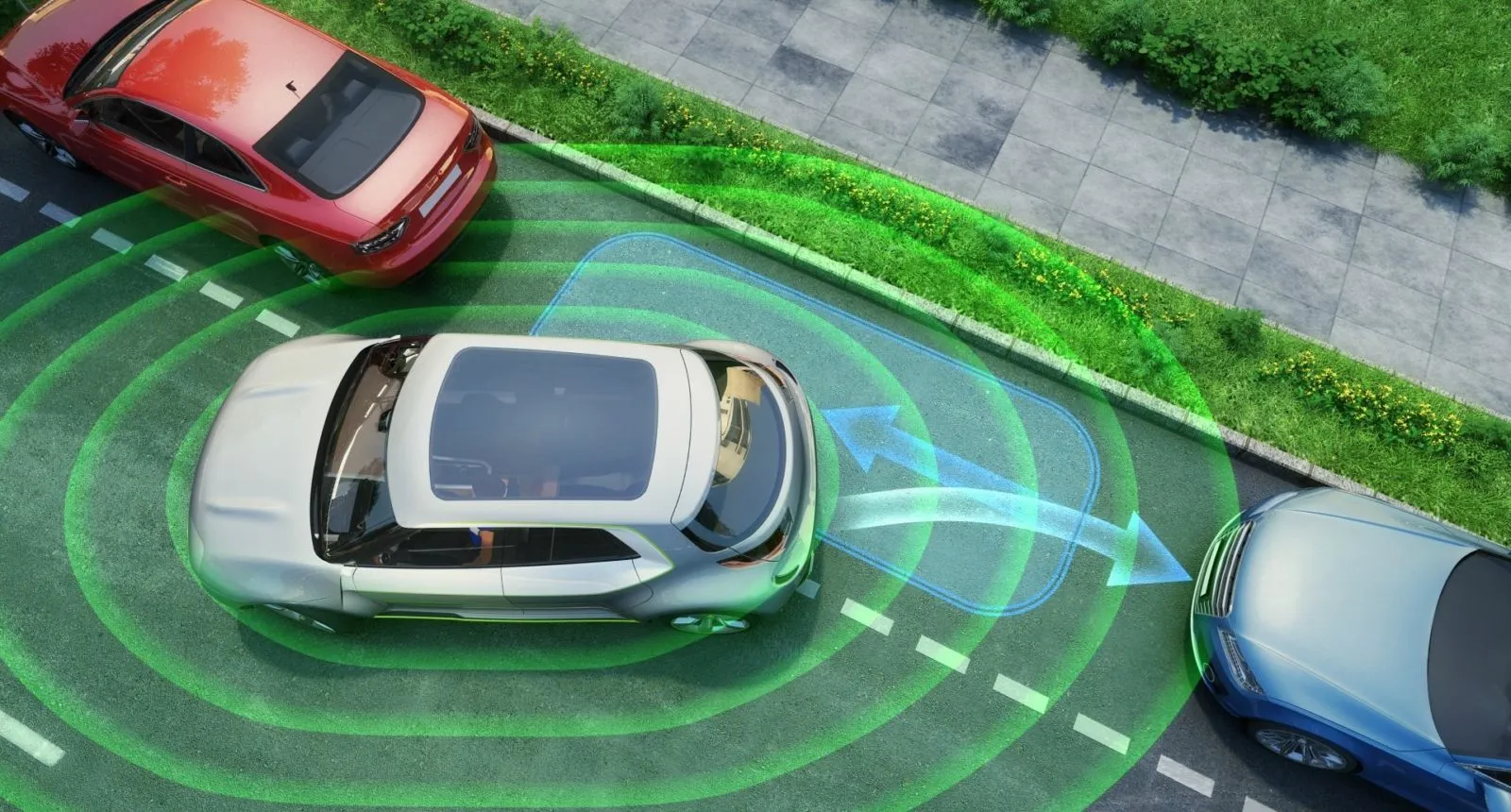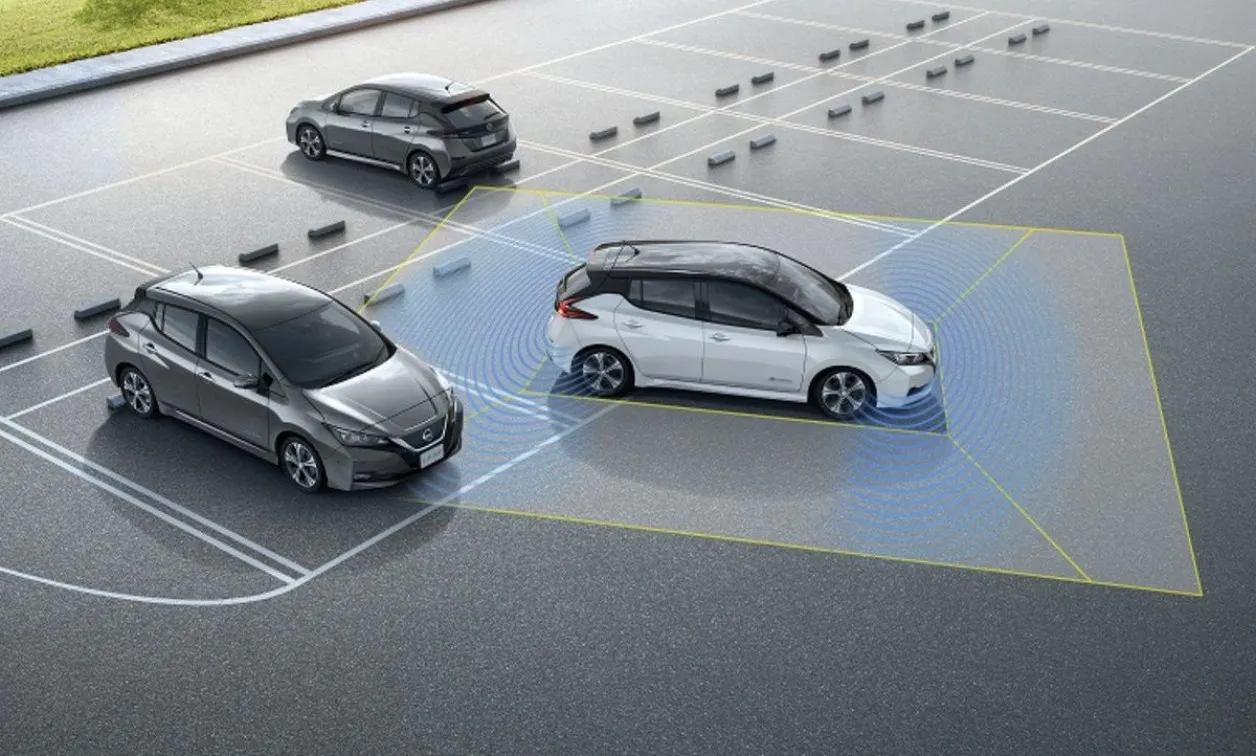Automatic Parking Technology: How Does It Work?

Anúncios
The automotive world is evolving rapidly, and automatic parking technology is one of the most impressive innovations reshaping how we interact with our vehicles.
No longer just a luxury feature, this system is becoming a standard in modern cars, offering convenience, safety, and efficiency.
But how exactly does it work? And is it truly reliable?
Anúncios
In this deep dive, we’ll explore the mechanics behind automatic parking technology, its benefits, limitations, and what the future holds for self-parking vehicles.
As urban areas become more congested, the demand for effective parking solutions is greater than ever.
Automatic parking technology not only addresses this need but also aligns with the growing trend of smart cities, where technology is integrated into everyday life.
This innovation represents a significant leap forward in automotive engineering, aiming to enhance the overall driving experience.
The Mechanics Behind Automatic Parking Technology
Unlike traditional parking, which relies entirely on driver skill, automatic parking technology uses a combination of sensors, cameras, and advanced algorithms to maneuver a car into tight spaces with minimal human input.
Key Components:
- Ultrasonic Sensors – Detect obstacles and measure distances.
- Cameras – Provide a 360° view for precise positioning.
- Electronic Control Unit (ECU) – Processes data and controls steering, acceleration, and braking.
- Software Algorithms – Calculate the optimal parking path.
When activated, the system scans for a suitable spot, then takes over steering while the driver manages the gearshift and brakes (in semi-autonomous systems).
Fully autonomous versions handle everything—just a button press is needed.
This transition from manual to automated control marks a significant shift in how drivers engage with their vehicles, making parking less stressful.
Moreover, advancements in sensor technology are continually improving the accuracy and reliability of these systems, ensuring they can handle a wider variety of parking scenarios.
As these technologies evolve, we can expect even more seamless integration into everyday driving experiences.
+ Driver Assistance Systems: What They Are and How They Work
Types of Automatic Parking Systems
Not all self-parking systems are created equal. Here’s a breakdown of the most common types:
| Type | How It Works | Driver Involvement |
|---|---|---|
| Semi-Autonomous | Controls steering; driver handles acceleration and braking. | Moderate |
| Fully Autonomous | Handles steering, acceleration, and braking—driver only supervises. | Minimal |
| Remote Parking | Parks the car via smartphone app (e.g., Tesla’s Summon feature). | None (when outside) |
Each type has pros and cons. Semi-autonomous systems are more common due to cost, while fully autonomous and remote parking remain premium features.
The choice between these systems often comes down to personal preference and budget, with many drivers opting for semi-autonomous features that still allow for some control.
As technology advances, we may see a convergence of these systems, where features from each type are integrated into a single platform.
This evolution will likely lead to more versatile parking solutions that cater to a broader range of driver needs.

The Science Behind the System
Automatic parking technology isn’t magic—it’s physics and computing power working in harmony. Here’s the step-by-step process:
- Spot Detection – Ultrasonic sensors scan for gaps between parked cars.
- Space Calculation – The ECU determines if the space is large enough.
- Path Planning – Algorithms plot the best trajectory.
- Execution – The car steers itself in, adjusting in real-time.
A study by Consumer Reports (2023) found that systems like BMW’s Parking Assistant and Tesla’s Autopark successfully parked in 92% of test scenarios, though tight parallel spots occasionally posed challenges.
This high success rate underscores the effectiveness of these systems, but it also highlights the need for continued refinement to handle more complex parking situations.
As research progresses, developers are focusing on enhancing the algorithms that govern these systems, aiming for even greater accuracy and reliability.
Ultimately, the goal is to create a user-friendly experience that instills confidence in drivers, allowing them to trust their vehicles to park autonomously.
Benefits: Why Drivers Love Automatic Parking
Beyond convenience, this tech offers tangible advantages:
✅ Reduces Stress – No more anxiety over tight parallel parking.
✅ Prevents Accidents – Minimizes fender benders in crowded lots.
✅ Saves Time – Faster than manual parking in complex spaces.
✅ Enhances Accessibility – Helps drivers with limited mobility.
The psychological benefits of automatic parking cannot be understated, as it alleviates the common frustrations associated with urban driving.
Moreover, the technology promotes safer driving habits by reducing the likelihood of collisions during parking maneuvers.
As more drivers experience these advantages, the demand for automatic parking features in new vehicles will likely continue to grow.

++ GPS Navigation Systems: How to Choose the Most Accurate
Limitations and Challenges
Despite its advancements, automatic parking technology isn’t flawless. Some drawbacks include:
❌ Dependence on Clear Markings – Faded lines or irregular spaces confuse the system.
❌ Weather Sensitivity – Heavy rain or snow can obstruct sensors.
❌ High Cost – Often bundled in premium packages.
Manufacturers are continuously refining these systems, but human oversight remains crucial.
Additionally, the technology may face challenges in unique environments, such as parking garages with low ceilings or tight turns.
As the market evolves, addressing these limitations will be essential for broader adoption and user satisfaction.
The Future: What’s Next for Self-Parking Cars?
With advancements in AI and V2X (Vehicle-to-Everything) communication, the next generation of automatic parking technology will be even smarter:
🔮 Autonomous Valet Parking – Cars will drop you off and park themselves.
🔮 Smart Infrastructure Integration – Parking garages will communicate directly with vehicles.
🔮 Enhanced AI Learning – Systems will adapt to unique parking scenarios.
As these innovations come to fruition, they will redefine the parking experience, making it more efficient and user-friendly.
The integration of smart infrastructure will allow vehicles to navigate parking environments more effectively, reducing congestion and improving overall traffic flow.
With ongoing research and development, the future of automatic parking technology looks promising, paving the way for a new era in automotive convenience.
For more information on the latest developments in automotive technology, check out Car and Driver.
Final Thoughts: Is It Worth It?
Automatic parking technology is more than a gimmick—it’s a glimpse into the future of driving.
While not perfect, its benefits outweigh the drawbacks for many drivers.
As the tech matures, we’ll see wider adoption, making parking hassles a thing of the past.
Would you trust your car to park itself? The answer might soon be a resounding yes.
As more manufacturers incorporate these features into their vehicles, consumers will have the opportunity to experience the advantages firsthand.
The continued evolution of this technology promises to enhance not only individual driving experiences but also the broader landscape of urban mobility.
Quick Reference: How Different Brands Implement It
| Brand | System Name | Type | Notable Feature |
|---|---|---|---|
| Tesla | Autopark | Fully Autonomous | Works with Summon for remote parking. |
| BMW | Parking Assistant Plus | Semi-Autonomous | Includes 3D surround view cameras. |
| Mercedes | Active Parking Assist | Fully Autonomous | Can recognize perpendicular spots. |
| Ford | Active Park Assist 2.0 | Semi-Autonomous | Handles both parallel and perpendicular. |
By understanding how automatic parking technology functions, drivers can make informed decisions about adopting it.
Whether you’re a tech enthusiast or a cautious driver, one thing is clear: the future of parking is automated. 🚗💨
